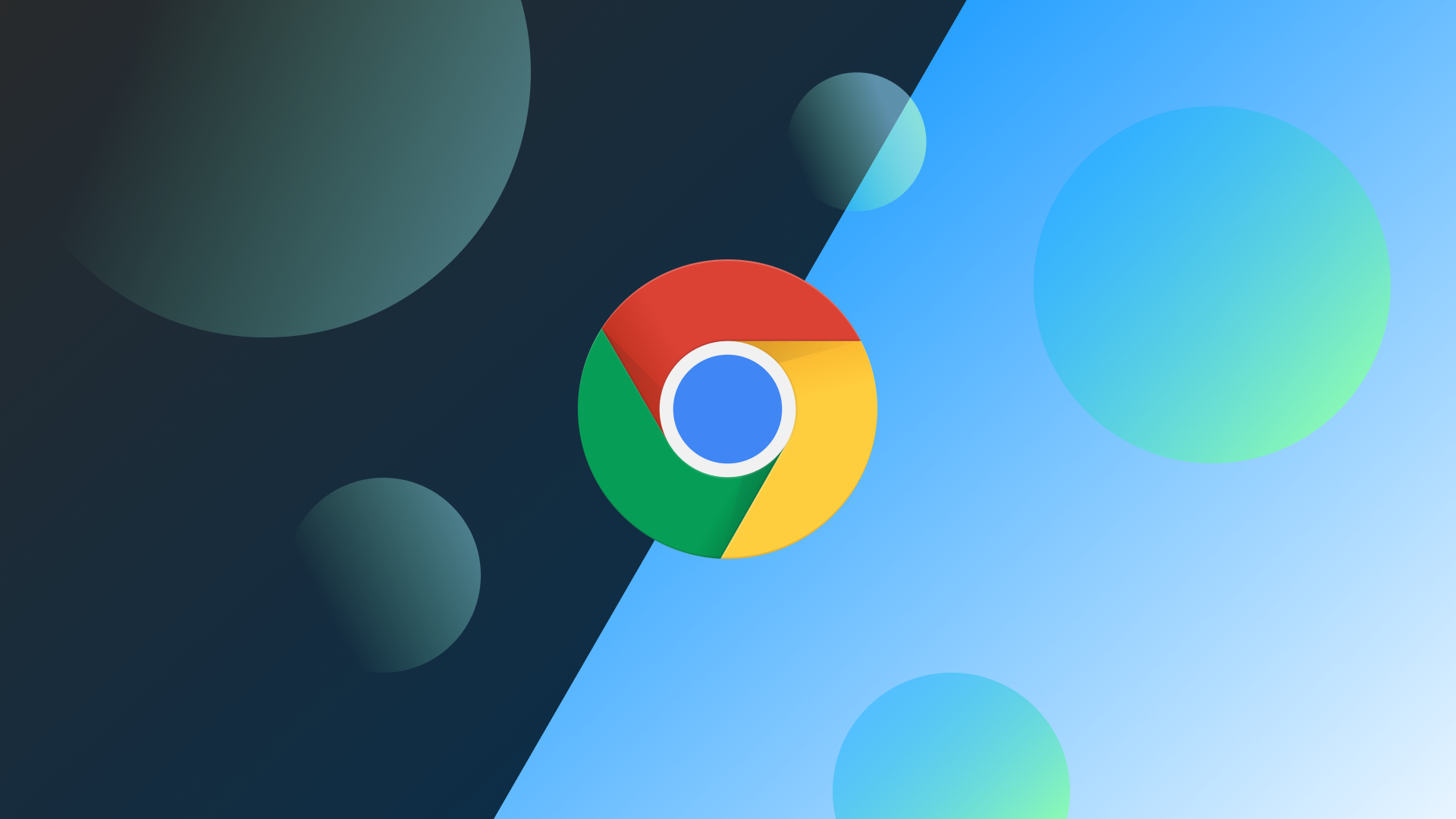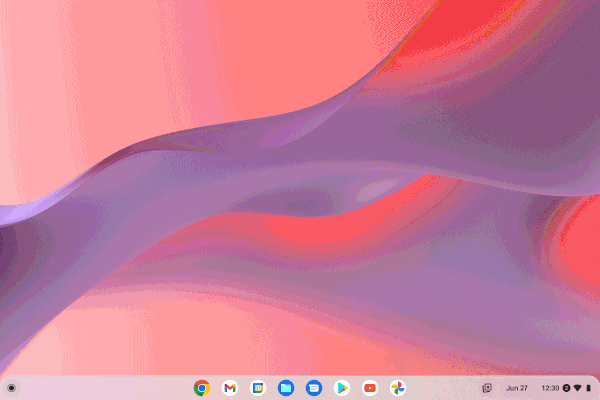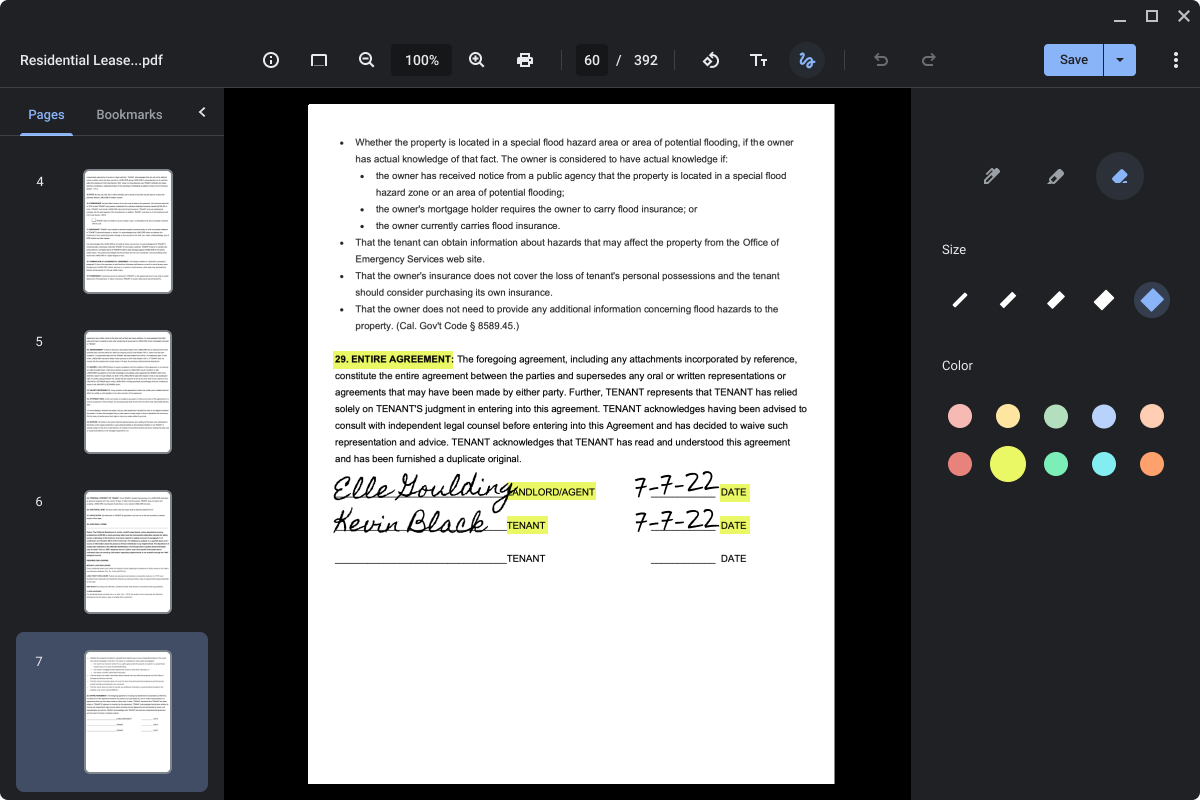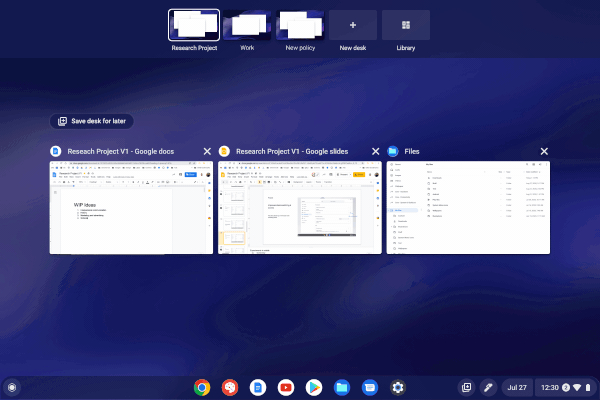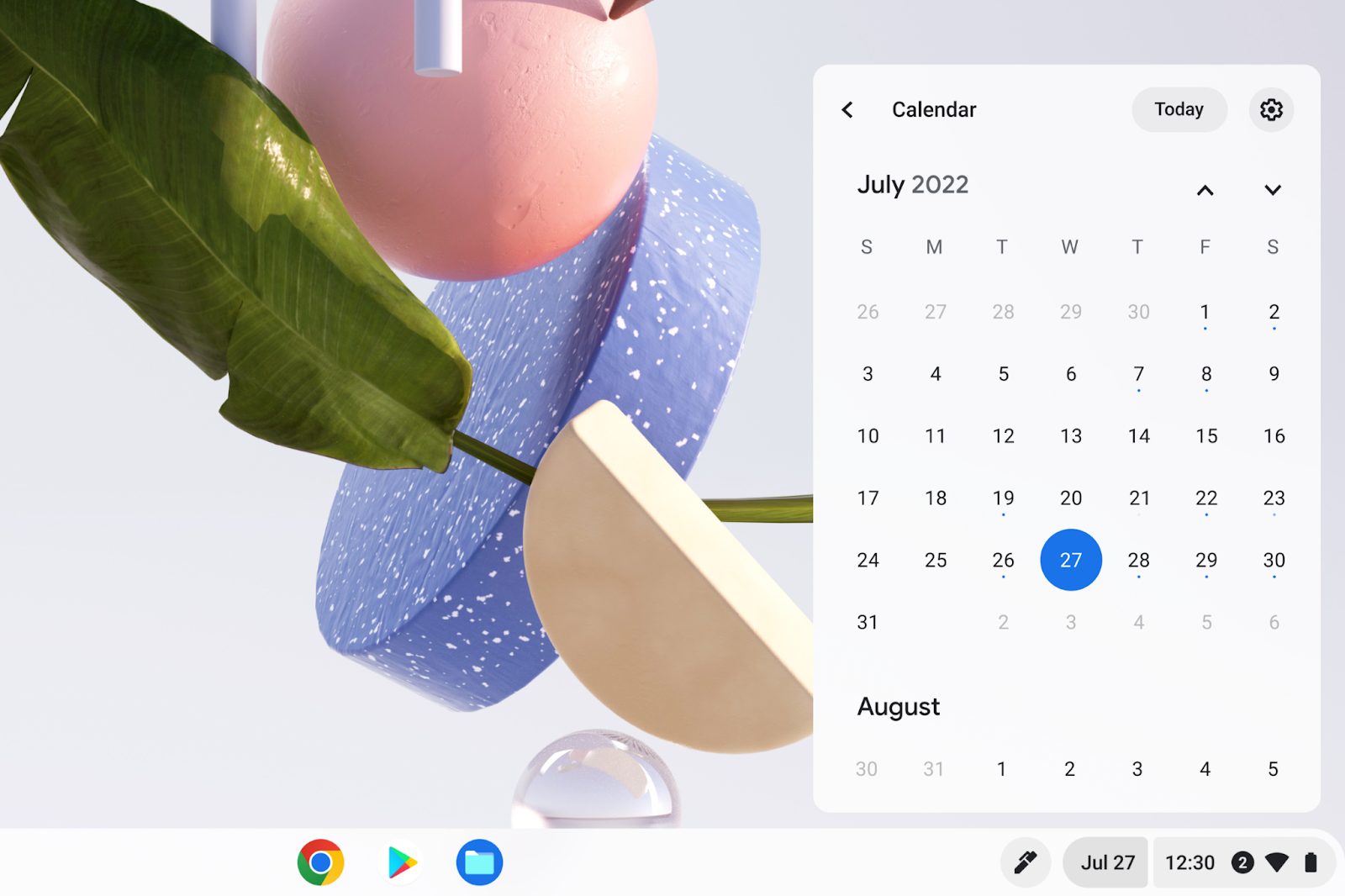On top of the new Google Photos wallpaper and video-editing features coming to Chromebooks that Google announced today, device owners can also look forward to plenty of other new features coming soon, like PDF editing in the built-in gallery app, better calendar integration, and Virtual Desks improvements. But best of all, the long-awaited light and dark themes, together with automatic switching, is finally going to debut after actual years of teasing.
Light and dark themes
To say that people have been waiting for an official debut of the Light and Dark themes in ChromeOS is an understatement. We've been following along with its development since 2020 and arguably waiting for Google to start work for years before that, given other platforms like Android already had it. But now it's only a week away.
You'll be able to set either theme as the default, or you can choose an "auto" setting that will let your Chromebook automatically switch between the two during the day and night. On top of that, some of the built-in wallpapers are built to support both modes, also dynamically changing as you switch themes.
If you have a Chromebook with an OLED display, like the Galaxy Chromebook or Lenovo Duet 5, dark theme can also stretch out your battery life. And, of course, the dark hues are just easier on the eyes at night. While you can enable this feature now manually through a flag, Google tells us it will be making its official debut in August.
Gallery app PDF editing
Google's also giving the built-in gallery app a new tool that even Windows doesn't have built-in: PDF editing. That means the next time you need to quickly fill in details in a document, you won't have to Google up an app or website to do it — just open the file in the Gallery app.
Google says it will support text editing, highlighting, singing, and annotations. Further options, indicated according to the teaser screenshot above, imply that you should have plenty of options for colors and sizes when it comes to annotations and highlighting, and you'll also be able to edit other details like rotating pages.
Google says this feature will be rolling out next week.
Save your Virtual Desks
Most of our readers likely don't use power-user virtual desktop features like ChromeOS's Virtual Desks. I do, and I find it invaluable to maintain productivity when juggling what feels like a hundred tasks at once. Letting every workflow I use reside on its own separate desktop with programs or sites ready and waiting for me when I need them saves me incalculable time. And Google's rolling out a feature for its Virtual Desks on ChromeOS that I wish other platforms would get.
That's hot.
The new feature will allow you to save the location of apps and windows in a given Virtual Desk, assigning the setup a name in a Virtual Desk "library," and closing the respective desk. Later, you'll be able to re-open that desk together with all the windows and apps on it — together with their respective locations, I assume. That can give you the best of both worlds when it comes to using a virtual desktop by switching between workflows on the fly without the overhead of actually leaving these different apps or sites open all the time, potentially sucking down your battery. As another point of Android-centric comparison, the functionality sounds a lot like App Pairs on a Samsung foldable, letting you save a configuration of apps and launch them together on a single desktop as you need them.
This feature won't be rolling out in August like the others on this list; you'll actually have to wait until September for it, but it'll probably be worth the wait. If you haven't played with Virtual Desks on your Chromebook yet, or if you've forgotten the feature was there, this could be a huge reason to try it again.
Deeper Calendar integration, notification improvements, and more
The next time you look for the time in the corner on your Chromebook, you might see the date staring back at you in a separate spot just to the side. Soon ChromeOS will have a built-in, Google-account-integrated calendar view, letting you see at a glance what your schedule looks like from a single click on the status bar. Google's teaser doesn't provide too much detail, but if it works as the feature did in beta, you'll be able to scroll or jump between months and open individual days to see the details of events.
Lastly, Google's rolling out grouped notifications for Chromebooks, together with bigger buttons for notification actions. Based on the description, it sounds like this should behave like grouped notifications do on Android, where notifications from the same "sender" (the same app, system component, or site) will be bundled together. We've known that notification bundling has been coming since last year, and Android's had the feature for five years, but now Chromebooks can enjoy a more manageable notification situation too. These last two notification features will both be arriving in August.
For all the August features, I have to assume that means Google is rolling them out as part of Chrome 104, expected to be released to stable on August 4th, though device-specific rollouts may vary. The September debut of the Virtual Desks change could be tied to either ChromeOS 105 or 106 — they're both supposed to debut in September, one at the very beginning, the other at the end.

